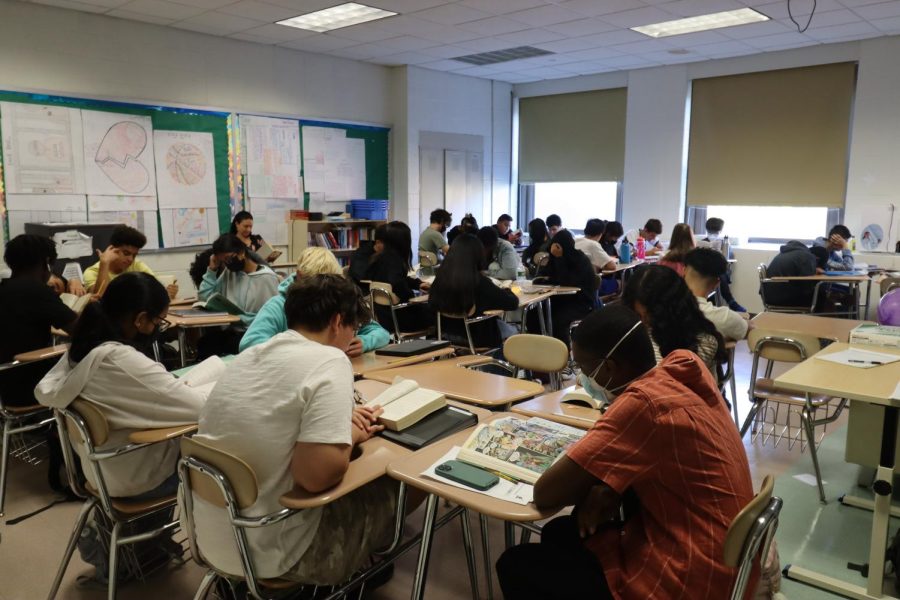
Written
Every year, the eclectic population of Townsend Harris is showcased at FON. Adorned with clothing from cultures all around the world, the audience is exposed to the rich history of Harrisites.
Sophomore Marisha Liliah embraces her Hindu heritage through garments such as sarees, lehengas, and salwars. The saree is likely the most well-known piece of Indian clothing for girls. Marisha says the garment “consists of a top that varies in size, most of them exposing the stomach. The bottom [is] a wrap around material, like a skirt, once you almost reach the end of wrapping the material around, you then place it on the shoulder like a shawl.”
Freshman Kaitlyn Wu says that in her Chinese culture they wear a Qui Pao, “silk button up shirts [or] dresses that have many different types of colors and designs like flowers” and represent femininity.
The men’s clothing consists of silk pants and a jacket that have more masculine colors and designs. Qi Paos are typically worn on Chinese New Year and at Chinese weddings.
In Polish culture, the traditional outfit worn is called a “krakowianka” costume, worn while dancing the “krakowiak,” the traditional dance of Poland. Sophomore Agata Turula describes the krakowianka, saying that “the girls usually wear red, floral skirts with corset-type tops. The [men] wear black vests with red pants.”
This traditional clothing not only is symbolic in the culture itself but holds sentimental value to those who wear it.
Agata shares the pride she feels when representing her culture, “In the past years [of FON], the costumes have been simple dresses, and I thought that by wearing the traditional polish dresses, I’d really be representing my culture. I’m proud to be polish, even if that means walking around in this huge poofy dress.”
Marisha similarly adds, “I wear the traditional clothing to show my respect for my religion. It is to show that I am proud to be whoever I am.”



























